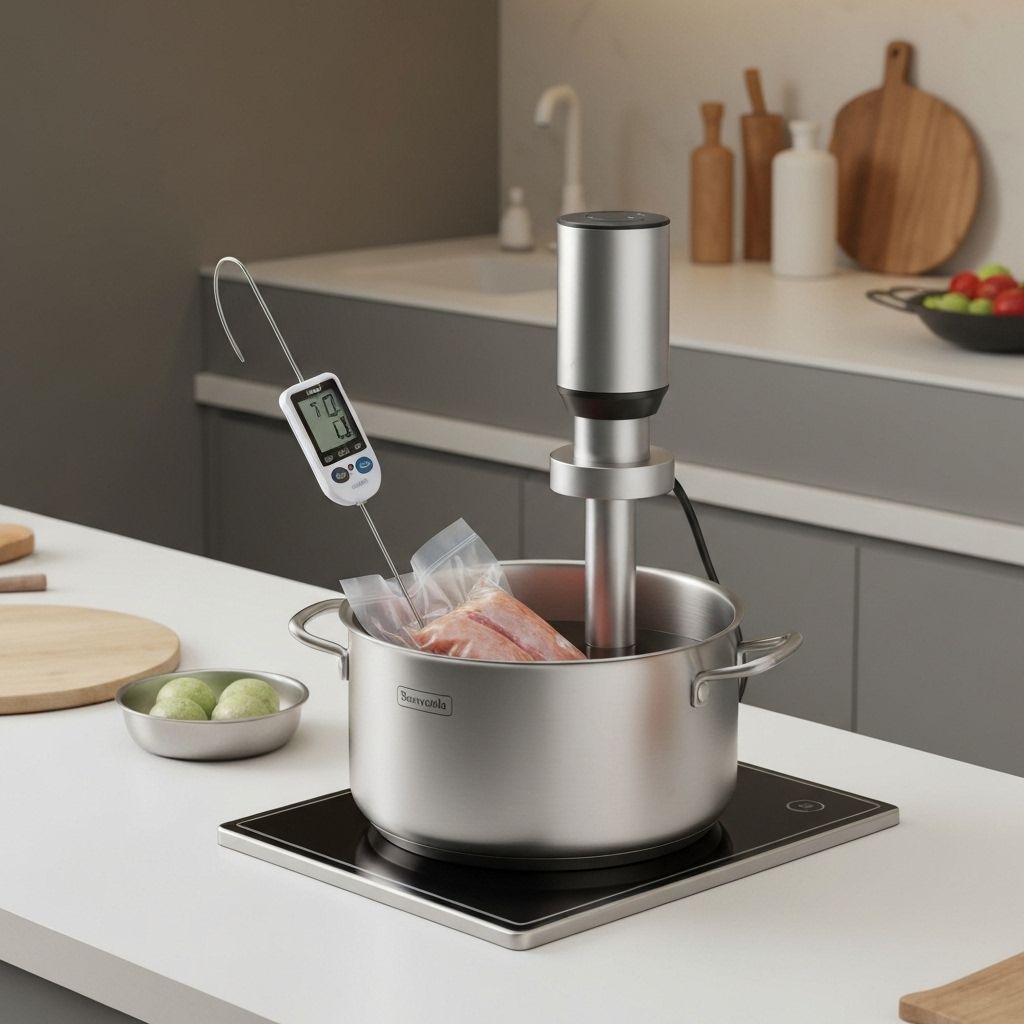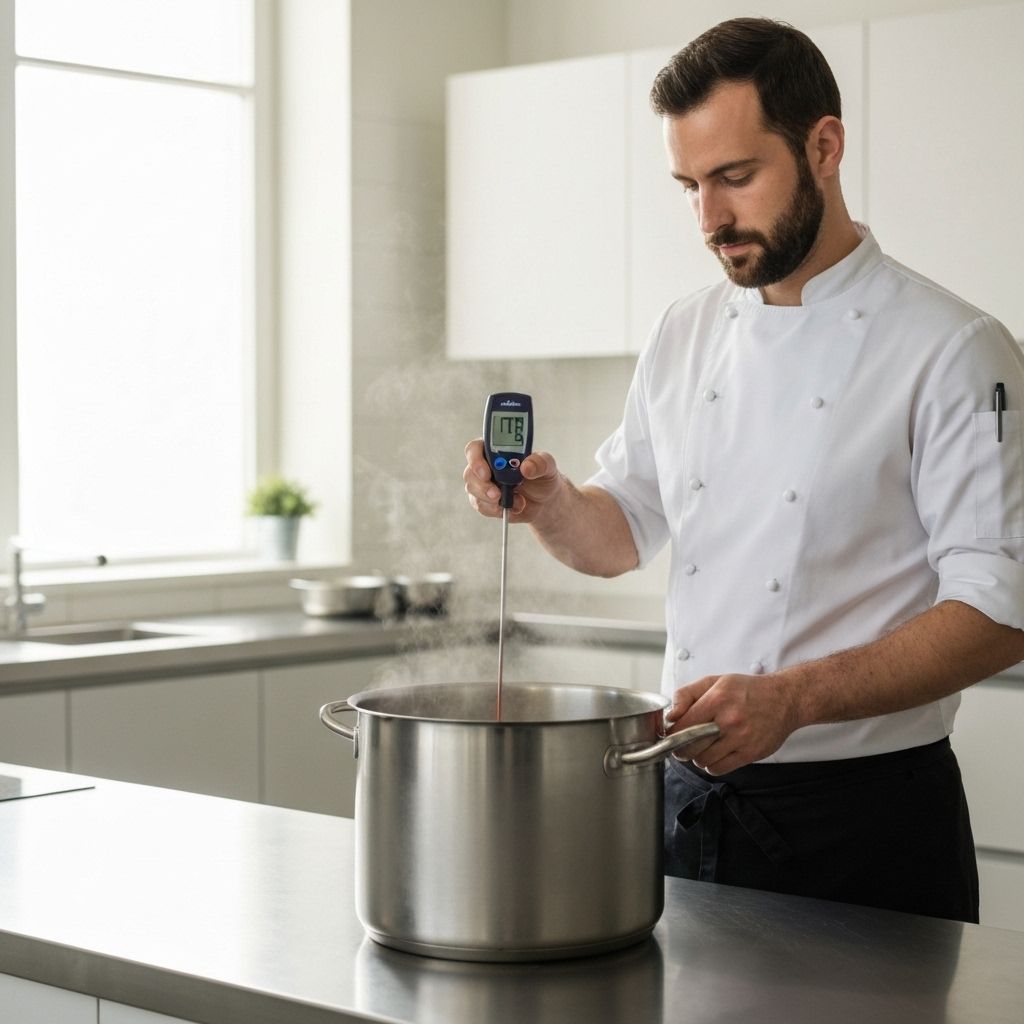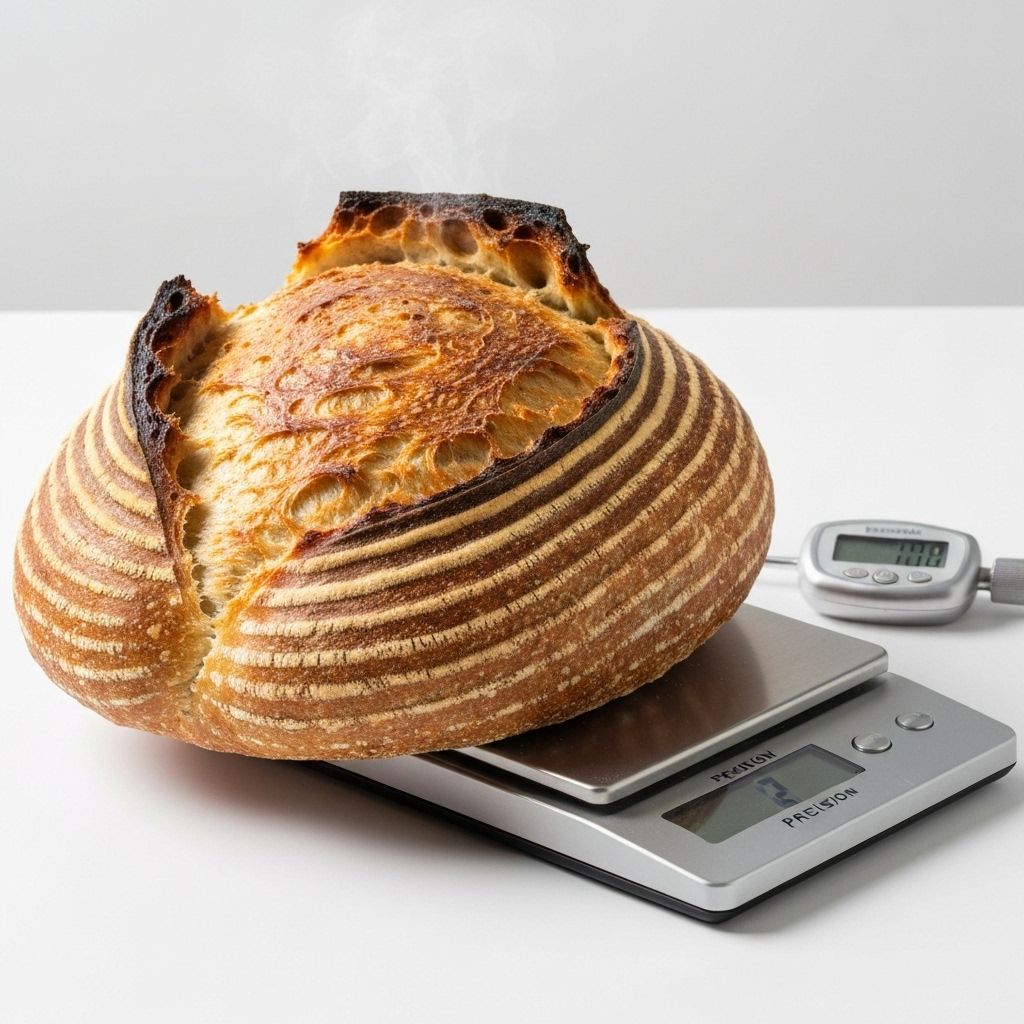Sous Vide Precision: Temperature Control for Perfect Protein Texture
Master the science of precise temperature cooking to achieve restaurant-quality results with perfect reproducibility.
- Answer the main question in one sentence.
- Give the best pick and why in one line.
- Link to the product or guide for next step.

Sous vide cooking eliminates guesswork through precise temperature control. By maintaining exact water temperature, we can achieve specific protein textures impossible with traditional methods.
Protein denaturation occurs in stages. Myosin begins denaturing at 50°C, creating firm texture. Collagen converts to gelatin at 55-60°C over extended time. Actin denatures at 66°C, causing significant moisture loss. Understanding these thresholds enables precise texture control.
For medium-rare steak, 54°C produces edge-to-edge pink with maximum moisture retention. Cooking time depends on thickness: 25mm requires 1 hour, 50mm needs 2.5 hours. Use calipers for precise thickness measurement—even 5mm variation affects timing.
Chicken breast transforms at different temperatures. 60°C yields tender, slightly translucent meat; 63°C produces traditional texture; 66°C creates firm, fully opaque results. Personal preference determines target temperature, but precision ensures consistency.
Vacuum sealing removes air that insulates food from water, ensuring efficient heat transfer. Seal bags with 99% vacuum for optimal contact. For delicate items, use 80% vacuum to prevent crushing.
Post-searing develops flavor through Maillard reactions without overcooking the interior. Pat surfaces completely dry, then sear in smoking-hot cast iron for 30-45 seconds per side. This brief exposure adds flavor while maintaining precise internal temperature.
// RELATED_ARTICLES

The Science of Stock: Precision Temperature Control for Maximum Extraction
Learn how precise temperature management transforms simple ingredients into complex, flavorful foundations.

Sourdough Precision: Temperature, Hydration, and Fermentation Control
Apply laboratory precision to sourdough baking for consistent, reproducible results every time.